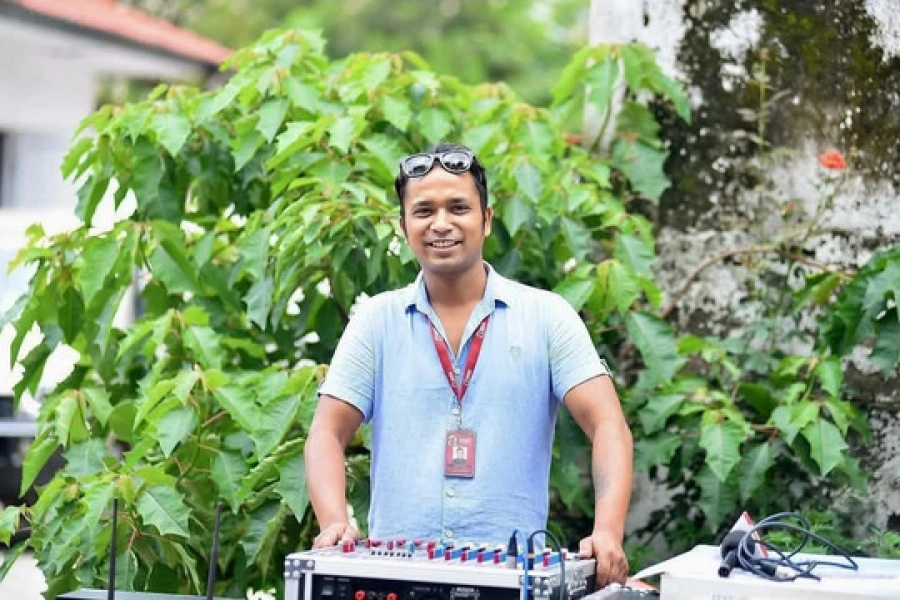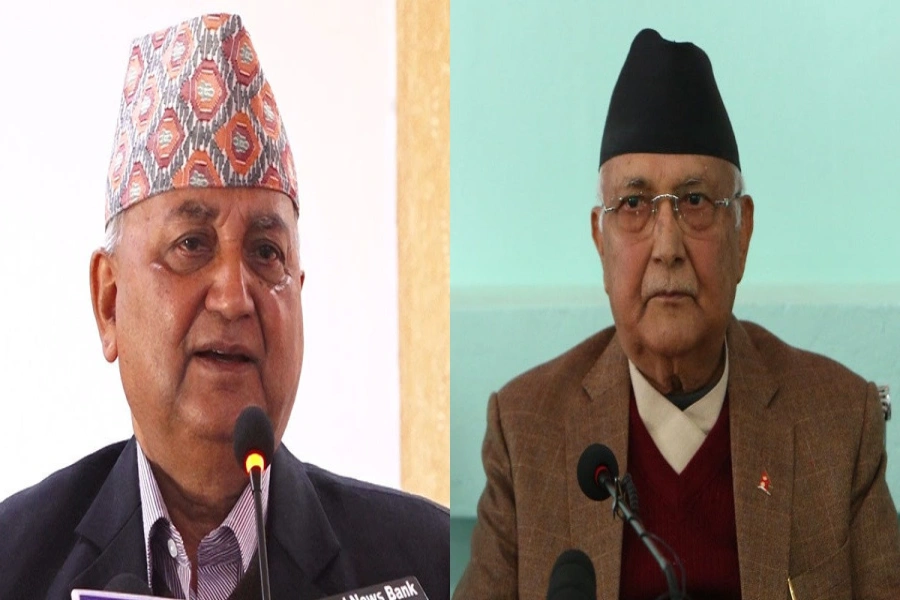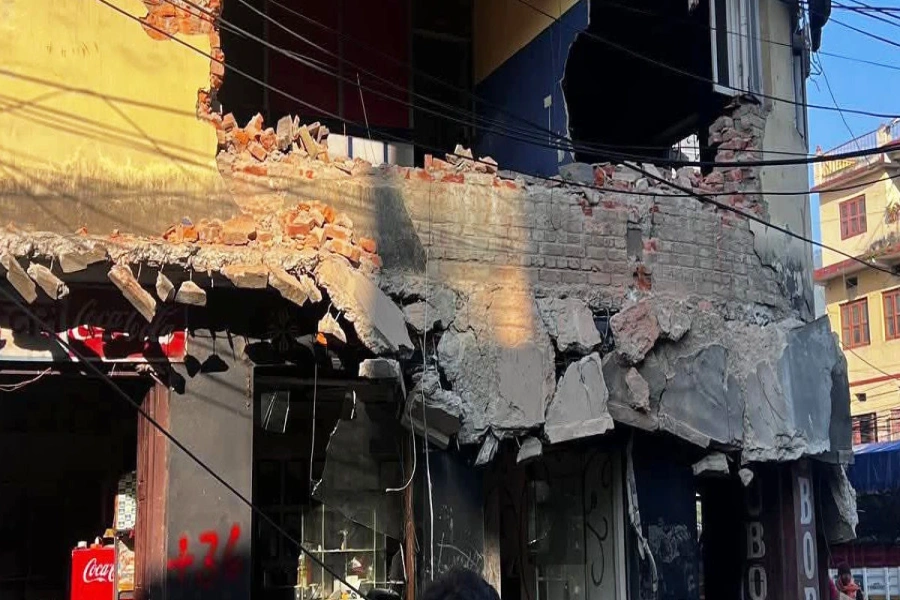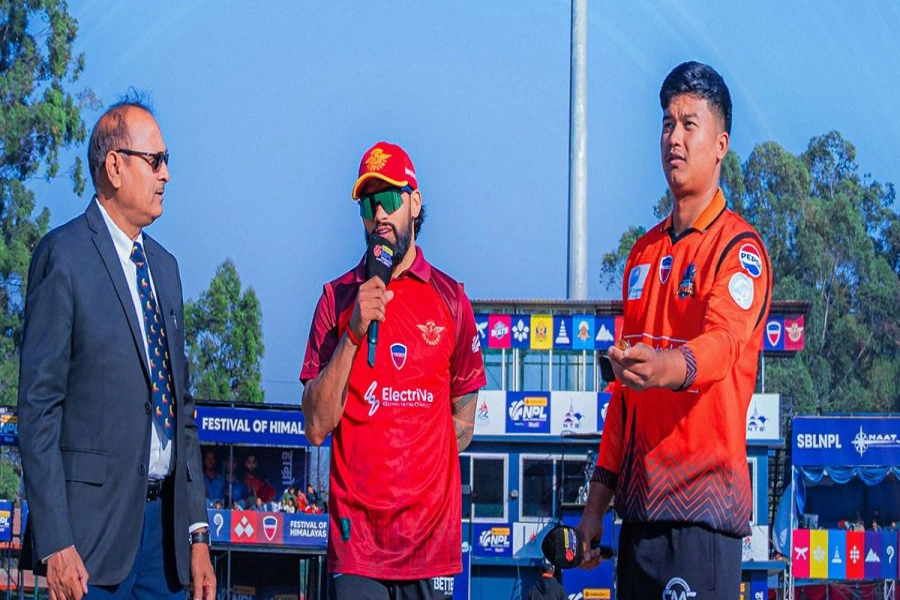Anti-trafficking community has failed to truly empower young girls and women and has instead added to their insecurity by holding them responsible for a situation which is out of their control.
The anti-trafficking discourse in Nepal generates an effective discourse that is achieved through various social and cultural forces. The discussion is divided on the ground and among the scholars. Much of the literature accepts the discourse holistically, agreeing to the NGOs’ narratives and in return supporting their organizational structure. Scholars and proponents of such literature are either among the stakeholders of anti-trafficking community or are sympathetic advocates who believe anti-trafficking organizations, especially NGOs such as Maiti Nepal, to be the saviors of survivors. On the other side of the debate, the said discourse is denounced, and an anti-anti-trafficking argument characterizes the organizational structures as oppressive and immensely paternalistic. It is suggested that the current discourse focuses more on the intention of the anti-trafficking community rather than the actual impact made by their policies.
It is not my fault!

The anti-trafficking framework dictates the types of prevention projects, intervention programs, and policies enacted. It focuses on individual vulnerability rather than examining the social and economic structures. Survivors of trafficking at NGOs’ safe homes are extremely sheltered—they are not allowed to leave on their own will, are not allowed to have contact with the outside world and their day-to-day activities are highly controlled, leaving them with little to no agency. Majority of NGOs involved in anti-trafficking activism provide “life and income generating skills” to survivors during rehabilitation but they are often stereotypical female labors such as sewing, candle making, and handloom weaving. Is this enough to empower and achieve financial independence? NGOs’ narrative is such that poor and low-income women are incapable of responsible decision making and assert the misogynistic belief that women are naïve and easy to deceive. This presents a classic “damsel in distress” tale with a twist: these desperate women are simply waiting for a savior to rescue them, with the part of the heroic savior being played by upper-class educated women.
Some of the most esteemed organizations in the anti-trafficking community of Nepal are often found organizing events on “how to prevent rape.” Along comes border-patrolling, where NGOs intervene and withhold women at the Nepal-India borders and interrupt them from travelling according to their free will. This system yet again supports the assumption that all women are weak, vulnerable, incapable of responsible decision making, and always in need of paternalistic protection. It also denies young girls and women their agency, discouraging their empowerment in the process. NGOs fail to recognize the fact that “single” women in Nepal (married or widowed) find it arduous not because of their financial dependence on their husbands but because of gender discrimination which denies women opportunities and privileges, otherwise easily granted to men.
NGOs sometimes find themselves taking a position of victim-blaming as they often advocate the idea that victims can provoke traffickers to a certain degree through their behaviors. It is important to talk to and educate young girls of the exposure to trafficking but when they are constantly informed of preventive measures to avoid (sexual assault or) trafficking, they are given the impression that somehow it is their responsibility to avoid becoming a victim. The blame is then easily placed on the victims rather than the perpetrators. The internalized culture of victim-blaming puts young girls and women into thinking that it is the victims who are at fault and the crime(s) committed against them is a consequence of their attitude. If young girls do not adhere to a set of prescribed “rules” then they become the problem, it is their morality which is questioned, not necessarily the perpetrators’. The prevention phase of trafficking in the framework then gets reduced to a simple list of things one must and must not do to shield oneself from the abuse and exploitation of trafficking, which puts the responsibility to prevent trafficking on the potential victim and not the criminal. Such a stance does not only fail to prevent trafficking but also puts young girls into a state of perpetual anxiety over their choices. It also puts survivors at a greater risk of being out-casted and further stigmatized by society, challenging their already complex process of reintegration. The anti-trafficking community has failed to truly empower young girls and women and has instead added to their insecurity by holding them responsible for a situation which is out of their control.
It is about time the anti-trafficking discourse in Nepal was re-evaluated by the stakeholders involved as they reflect on their own positions in the said discourse.







































